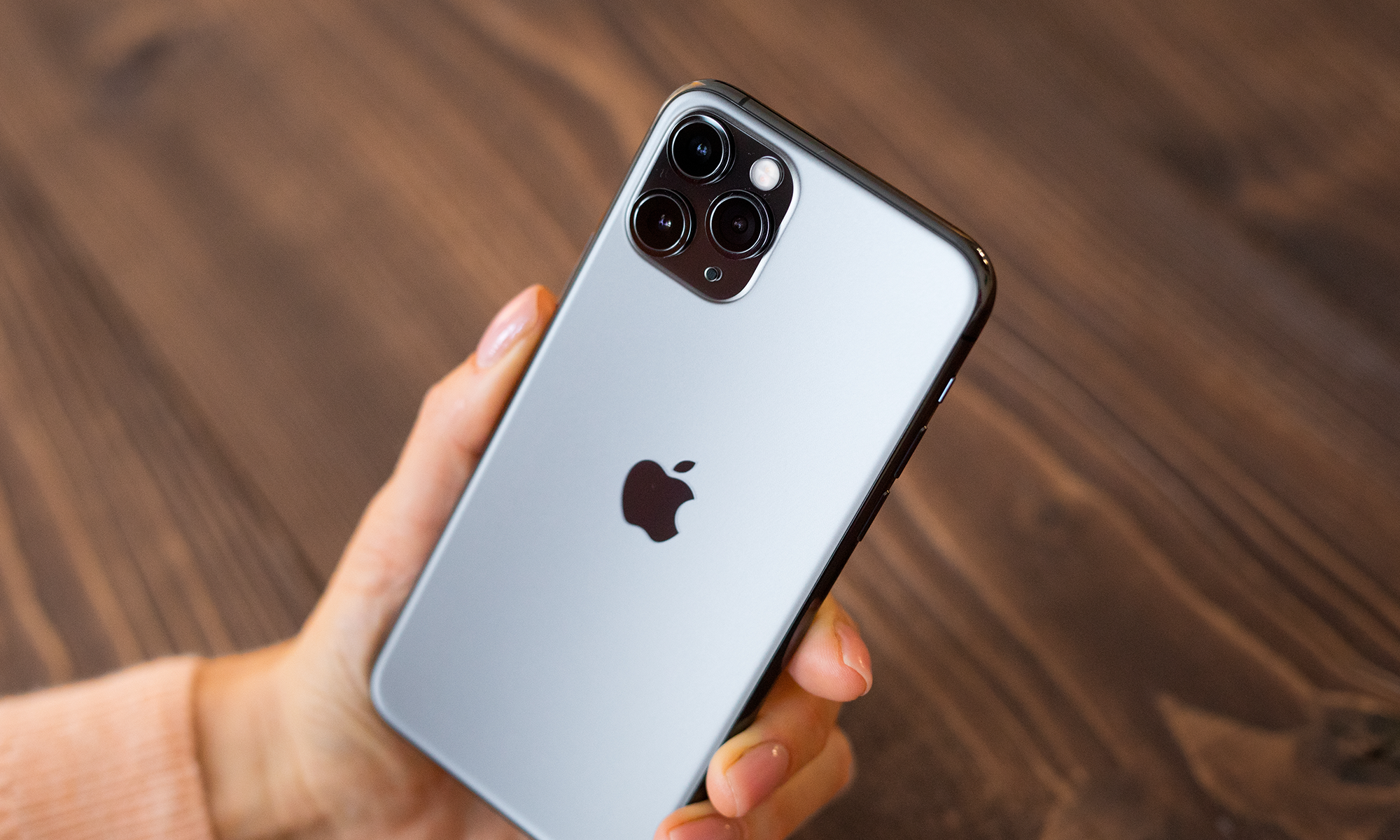On Dec. 1, DigiTimes published a report in which it says Apple (AAPL +0.17%), the world's largest vendor of tablet computers by unit sales, is thinking about releasing a new, low-cost iPad in the second quarter of 2018 priced at about $259.
This iPad, if it sees the light of day, would come about a year after Apple introduced a $329 iPad, known simply as iPad.
Here's why a $259 iPad could make sense and what it could mean for Apple's iPad business.

Image source: Apple.
Lower prices, more demand
After Apple introduced the iPad priced as low as $329 in early 2017, the company saw a marked acceleration in iPad unit shipments. This development indicated that Apple could boost iPad demand by offering devices at lower price points -- something that seems rather intuitive.
Tablets such as the iPad, unlike smartphones, typically aren't purchased on monthly installment plans; instead, consumers must generally pay the full purchase price of the device up front. On top of that, while smartphones are considered critical in today's world, especially since many individuals worldwide rely on smartphones as their primary, if not only, computing devices, tablets are more of an inessential computing luxury. So tablet customers are, by and large, more price-sensitive than smartphone customers.
Apple's bet is probably that by bringing out an iPad model that starts at just $259, it can help drive additional iPad unit growth. Apple shipped about 10 million iPads in the fourth quarter, an 11% year-over-year jump that put the devices at about 9% of revenue in the quarter.
Revenue growth in the near term becomes harder because there's the potential for gains in unit shipments to be offset by the reduction in average selling prices. But longer term, Apple is making a pretty smart bet.
Expanding the Apple ecosystem
The more Apple can immerse customers into its products, software, and services ecosystems, the more revenue it can generate over time, and the more likely that revenue is to recur. So even in a situation where a $259 iPad drives iPad unit shipments up but is effectively iPad revenue-neutral, Apple stands to benefit.
Consider the situation where somebody new to the Apple ecosystem picks up one of these new $259 iPads. Apple gets the initial device sale and possibly stands to profit from the sale of apps and other content. But the ecosystem play doesn't end there. If the customer is happy with that device, then that customer may well choose to go with an iPhone for his or her next -- or possibly first -- smartphone purchase. Maybe a Mac personal computer could be in that user's future as well, if the experience with other Apple products is positive.

Image source: Apple.
Now, somebody buying a $259 iPad may be doing so because he or she can't afford a pricier iPad. However, if that person's economic situation improves, he or she may be inclined to go with a pricier iPad when it comes time to upgrade -- boosting Apple's iPad revenue down the line.
All told, I see a potential $259 iPad as one possible gateway into Apple's ecosystem that could lead to significant lifetime revenue from the buyer.






